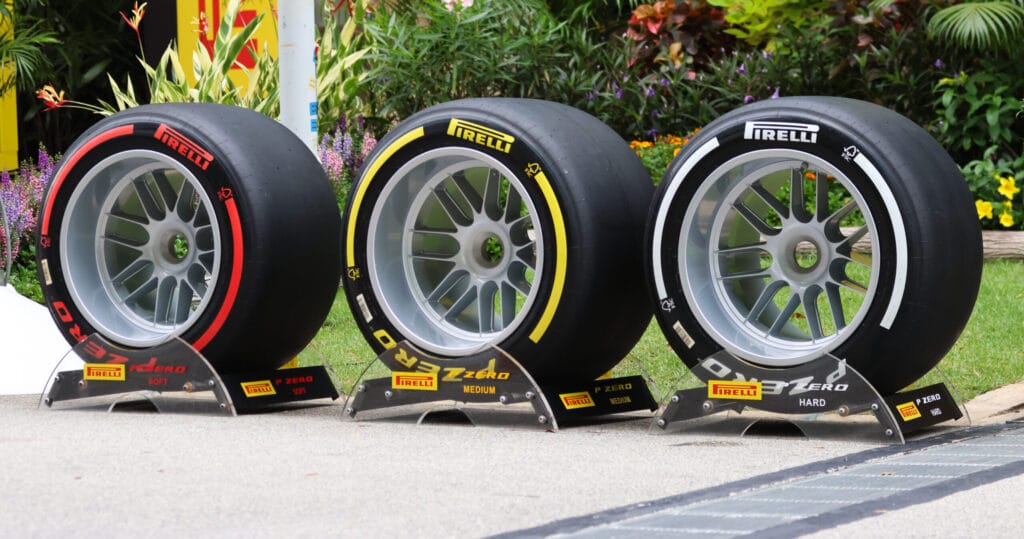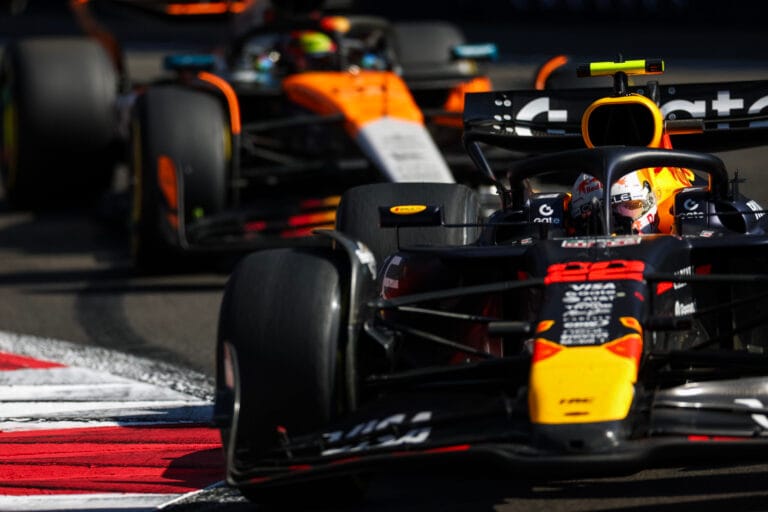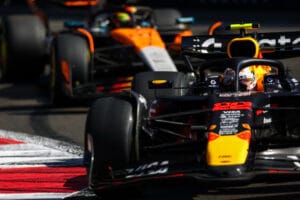Formula 1 teams are suspected of deliberately providing misleading data to Pirelli. The Italian tyre supplier asks teams to share simulation data so it can make the right choices for the development of the 2026 tyres. However, according to Pirelli, the figures from some teams do not add up – possibly to conceal their actual performance and potential advantage.
The data that teams must provide – including estimated downforce, acceleration, and top speed – are essential for Pirelli in developing a completely new generation of tyres. These compounds must align with the drastic new regulations that will come into effect in 2026. But according to Auto Motor und Sport, internal sources at Pirelli are concerned about the enormous variation in the received figures.
This inaccurate data not only poses a problem for Pirelli but also for the teams themselves. If the downforce is underestimated, the tyres could buckle under higher pressure in practice – with the risk of blowouts. Conversely, overly cautious estimates lead to heavy and slow tyres, which directly affect performance.
Secrecy versus Collaboration
The dilemma is clear: teams do not want to reveal their technical advantage, but they must also cooperate with Pirelli to ensure the safety and performance of the new tyres. And with a new era on the horizon – characterized by lighter cars, adjusted aerodynamics, and more electric support – reliable data is more important than ever. How Pirelli will handle the diverse information is not yet known. But one thing is certain: if the figures continue to fluctuate, it could have significant consequences for the first tests and the start of the 2026 season.









